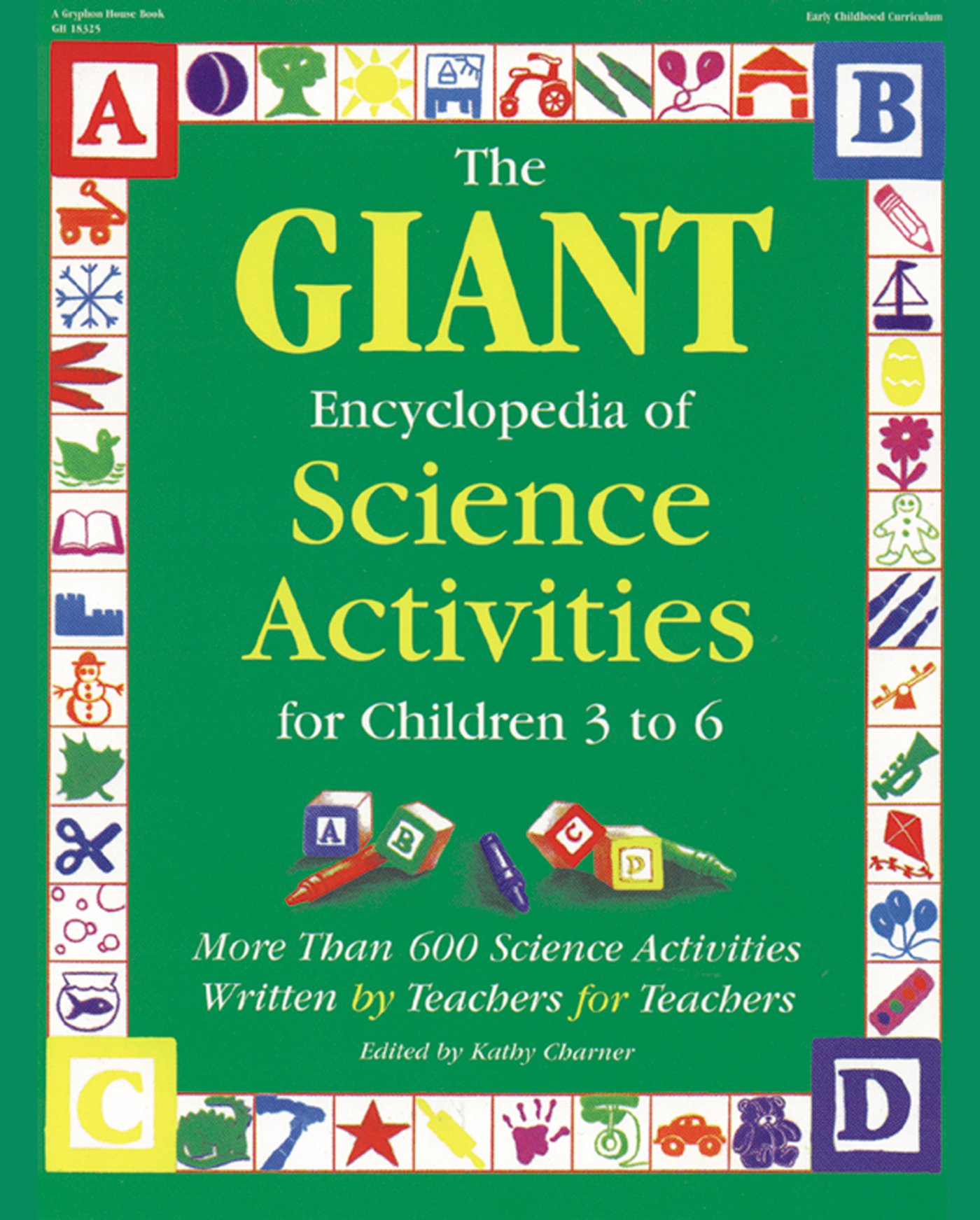Materials
Construction paper in these colors: manila, light blue, dark blue, light gray,dark gray, yellow, orange, brown and white 2 marbles
Masking tape
White school glue
Plastic dishpan large enough to hold a piece of 8 1/2 " x 11" (20.5 cm x 27.5 cm) construction paper
Stickers of tropical fish, flowers, gold stars
Black crayons or markers
Small plastic cups Potting soil
Flower seeds Two empty margarine tubs
Two plastic spoons Paper towels
Tempera paint, blue and green
Instructions
Day One1. The teacher cuts large manila circles, 7" to 8" (17.5 cm to 20 cm) in diameter, one for each child, and puts a piece of doubled-over masking tape in the bottom of the dishpan to hold the circle in place.2. The teacher then puts blue paint in one empty margarine tub and green paint in the other and drops a marble into each container. With a spoon, she lifts each marble from the paintand drops it into the dishpan.3. The child tips the dishpan gently side to side and back and forth to allow the marble to put paint over the manila circle. When it is finished, the circle picture should resemble the earth.4. The teacher removes the marbles, wipes them on a paper towel and drops them back into the paint for the next child to use.5. The children lay the circles aside to dry. When all the circles are dry, glue each onto a piece of dark blue construction paper entitled "Our Earth."6. The children may cut a yellow moon to glue on the paper and add gold star stickers, too.Day Two1. Give each child a piece of manila paper to paint blue to represent the ocean. Entitle this paper "Watch What You Put in the Water."2. On pieces of light blue and orange construction paper, the teacher traces each child's hand to make two fish. The children may cut out the fish.3. When the painted paper is dry, the children can glue their fish in the water. They may also add fish stickers.Day Three1. The children cut different sizes and shapes of clouds from both colors of gray construction paper as well as a sun from the yellow paper. (Tearing shapes, for those who haven't masteredcutting, is fine, too.)2. Give each child a piece of manila paper entitled "The Earth Needs Rain and Sun." The children glue the sun near one edge of the paper and two or three clouds of different sizes and shapes next to the other edge.3. Children may wish to use crayons or markers to draw raindrops falling from their clouds.Day Four1. Help children design and cut out flower shapes from orange and yellow construction paper and stems with leaves from green paper.2. Children paste their flowers onto a piece of manila paper entitled "Help Save Our Earth: Plant Flowers."3. Then each child fills a small plastic cup with potting soil and plants three or four flower seeds in his cup. The teacher puts a piece of masking tape on each cup with the child's name on it.4. The children take responsibility for watering their plants every few days.5. When the plants are several inches tall, the children may take them home to plant.Day Five1. The teacher cuts brown strips for ax handles and white pieces into ax blades.2. The children glue them together near one edge of a piece of manila construction paper entitled "Don't Hurt Our Forests."3. The teacher traces each child's hand on green paper to make treetops and the children design and cut out tree trunks from brown paper.4. The children glue the trunk and treetop near the ax.5. You can save all of these papers and staple them together at the end of the unit with the earth picture on top to make a book about how to protect the environment.More to doMore science: Talk about how to save electricity by turning off the lights when we leave the classroom. Remind the children to do this at home, too. * Talk about what we can do at schoolto help conserve resources. * Ask the children to contribute their ideas to a journal containing information on ways to help conserve energy and protect our forests and the animals that live inthem. Each child can take home a photocopy of the journal.Outdoors: Take nature walks to observe the plants and trees and watch them change as they grow.
